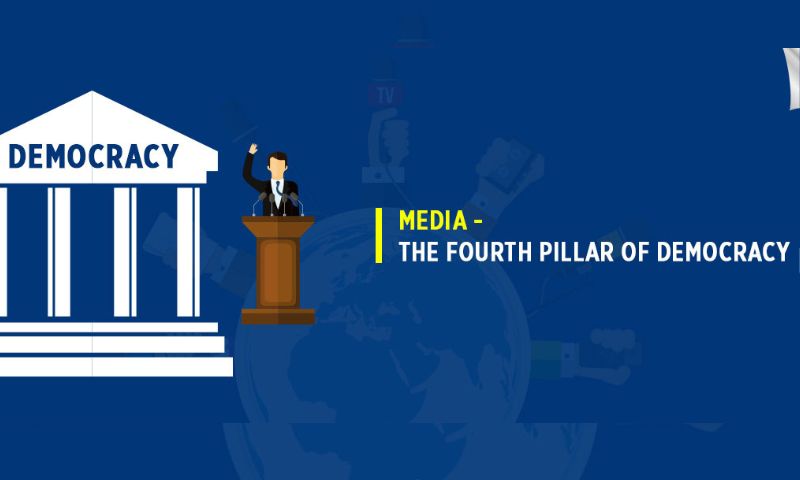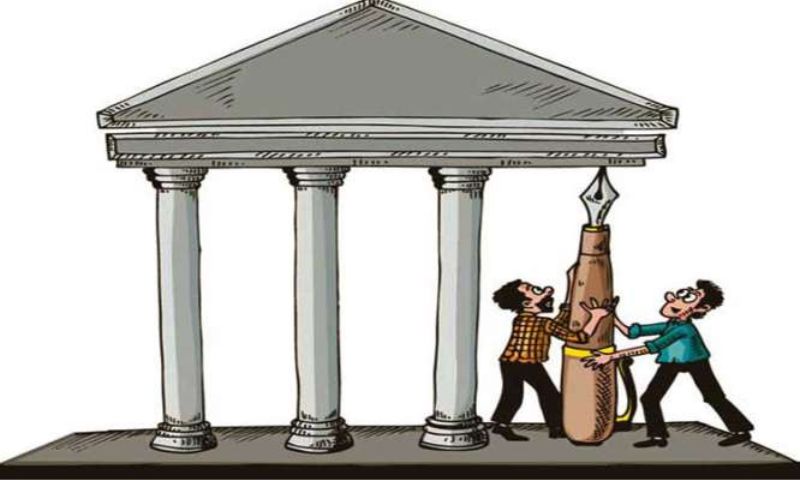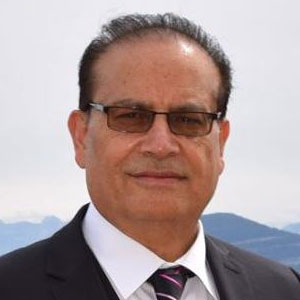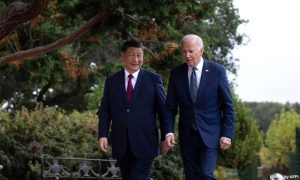Pakistan was amongst the few countries which had shown commendable improvement of seven notches and achieved 150th position in 2023 compared to157th in 2022 on the Freedom of Press Index and if the trend continues it may further improve to its average ranking of 142 to 145 maintained by it from 2018 to 2021.
Comparatively, our closest neighbour and so-called champion of democracy, India fell from 133 in 2016 to 142 in 2021, and further dropped to 150 in 2022 and 161 in 2023. The reason for such a steep decline was attributed to politically partisan media, concentration of media ownership and Prime Minister Narendra Modi, the leader of the Bharatiya Janata Party (BJP) and the embodiment of the Hindu nationalist right. Like India, the freedom of press has been under threat in many countries of the world as never before.
Norway is placed top for the seventh year in a row, Ireland and Denmark are second and third, and Vietnam (178th), China (down four places to 179th), and North Korea (180th) are in the bottom three. Russia fell nine positions as a result of the Ukraine War, and Tajikistan, India, and Turkey fell from a “problematic situation” to the lowest category. India dropped to 161st place after losing 11 points, mostly after Hindu nationalist Modi took over as Prime Minister. Senegal dropped 31 places, Tunisia dropped 27 places, the Middle East was named the world’s most dangerous location for journalists, and the United States dropped three places to 45th.

While we seldom take into account what is happening in other parts of the world, we have always expressed worry about media freedom in Pakistan. Shocking statistics from the World Press Freedom Index 2023 showed that 31 countries were in a “very serious situation,” which was unprecedented. RSF Secretary General Christophe Deloire stated that “The international community needs to wake up to reality and act together, decisively and fast, to reverse this dangerous trend” in response to the current state of events. He continued by noting that “there is more red on the RSF map this year than ever before, and that the current state of the journalism environment is regarded as “bad” in seven out of ten nations and “satisfactory” in only three out of ten. A UN report claiming that 85% of people reside in nations where media freedom has decreased during the past five years was equally disturbing.
According to Reporters Without Borders (RSF), 30 journalists and two media workers have been killed, while 492 journalists and 18 media workers have been imprisoned around the world as of July 1, 2022 including 86 occurrences of violence against the media and its practitioners occurred in Pakistan between May 2021 and April 2022. According to Citizens for Justice and Peace (CPJ), 2161 journalists and media workers were assassinated globally between 1992 and 2022.
According to these reports, a climate of fear impedes media coverage in many nations for a variety of reasons involving governments, political parties, and militant organizations, compelling journalists to practice self-censorship in order to save their jobs and lives.
According to these reports, not only journalists but also media outlets were under pressure to stop criticizing the government, defence or judiciary by blocking and punishing noncompliant cable providers and television networks.
The use of force by law-enforcement authorities (LEA) to prevent an angry crowd charged with causing damage to lives and property is occasionally necessary, however, in such cases, media personnel become collateral damage. Such events occurred frequently during my tenure as press minister in France from 2016 to 2020. In France, the LEA was forced to use force to protect itself from hostile attacks or to protect persons or property, particularly during the yellow vest protests, when an irate mob used to threaten the city of Paris every Saturday and Sunday during 2019-20.
During these protests, I witnessed the mob tossing petrol bombs into parked cars and setting them on fire, as well as throwing stones and other projectiles against police and public property. The LEA used to respond in a variety of manners, and the media personnel assigned to cover the event were most likely collateral victims. Regardless of whether the LEA’s use of force was warranted or not, France’s rating on the Freedom of the Press Index declined to 35th in 2020, hovered around the same place in 2021 at 33, 2022 at 34, and ultimately improved to 26th in 2023. Nonetheless, France remained well behind its European peers.
While commenting on reasons or factors for France’s low position in the world ranking, Reporter Without Borders (Reporter sans Frontieres) identified concentration of media ownership, which had resulted in self-censorship and a lack of diversity of opinion. Journalists are threatened with legal action for their reporting to discourage investigative journalism and physically attacked for their reporting, which were termed as dangerous and irrational.

The use of force by the LEAs is common in many countries where media persons end up victims, but in our country, there is another worrying trend, the use of force on unfriendly media by the political party workers. There were many instances when the Pakistan Tehreek-e-Insaf supporters attacked news coverage teams considered unfriendly. Similarly, Pakistan Muslim League (N) supporters exhibited similar behavior in a few events.
While commenting upon the freedom of media situation in Pakistan, RSF said that ever since its founding in 1947, Pakistan has oscillated between civil society’s quest for greater press freedom and the government’s constant reassertion of extensive control over the media. It said that a recurring theme is apparent: political parties in opposition support press freedom but are first to restrict it when in power.
While referring to legal framework, the report said that under the guise of protecting journalism, Pakistani law is used to censor any criticism of the government and important institutions, PEMRA is concerned less with regulating the media sector than with regulating the content it published, PECA, adopted in 2016, is used more to restrict online freedom of expression than to crack down on online crime and the Protection of Journalists and Media Professionals Act, passed in 2021, has made the journalists’ protection conditional on reporters adopting a certain “conduct”.
While referring to economic context, it said that the media is dependent on state sector ads which are used to leverage media in favor of the government. While referring to the context of safety, Pakistan was termed as one of the world’s deadliest countries for journalists, with three to four murders each year that are often linked to cases of corruption or illegal trafficking but mostly go unpunished.
The Freedom of the Press is also directly and indirectly challenged by the neck-breaking advancements in social media technologies that are made on a regular basis. Because of its capacity to blur the distinction between genuine and false, real and artificial, truths and artifices, this new component has presented extra problems to national states and civilizations all over the world. The unprecedented ability to tamper with content is being used to undermine those who embody quality journalism and weaken journalism itself.” Artificial intelligence (AI) has added fuel to the fire by “digesting content and regurgitating it in the form of syntheses and not only written content but also pictures and videos of real people generated in studios and spreading them on social media for achieved set objectives.”
Press and media organizations around the world are confronting serious security and safety concerns, which are growing by the day with the arrival of social media technologies and Artificial Intelligence, which has and will continue to surprise us in the future. Media is learning and will continue to learn to protect itself from the challenges of safety and security, to improve their professional competency and skills, and to learn new ways and means to pursue and tell the truth in the face of fake news, heresy, propaganda, and professional challenges imposed by new and emerging technology, but media cannot fight this uphill battle alone.
The press and media is, in fact, as vital as the other three pillars of the state. The media is an indispensable pillar for a healthy, lively, and innovative nation. For a healthy and prosperous nation, all pillars of the state should be independent of one another, but united to serve the country and the nation with sincerity of purpose and keeping the national interest supreme while remaining within their assigned jurisdiction and respecting the jurisdictions of the other pillars and institutions. The government should create enabling conditions for media to grow and prosper, civil society should support and nurture healthy and vibrant media, and media should play an independent but complementary role in creating an informed, educated, literate, healthy, and prosperous society.























